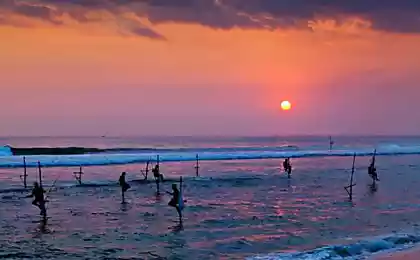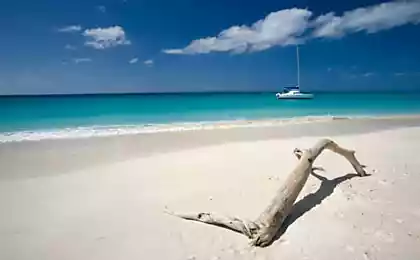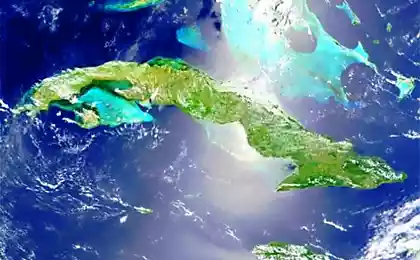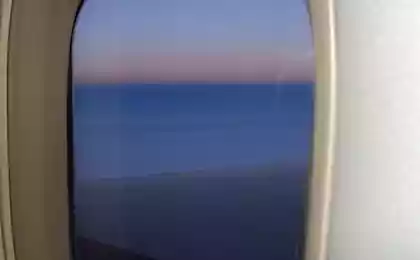1025
Cuban beaches

Cuba is an archipelago located in the northern Caribbean at the confluence of the Gulf of Mexico and Atlantic okeana.

The island of Cuba is the largest, it is surrounded by four smaller groups of islands: Colorados archipelago in the northwest, the archipelago Sabana-Camagüey in the north central part of the Atlantic coast, the Jardines de la Reina in the south central part of the coast and the archipelago in the south-Kanarreos zapade.
 < br />
< br />
The main island, length of 1199 km, occupies most of the area of the country. It is the largest island in the Caribbean and the sixteenth largest in the world. The relief of the main island is mainly flat and flat and hilly, not including the Sierra Maestra in the southeast, where the highest point - Pico Turkino.

The second largest island, which is the Republic of Cuba - Isla de la Juventud (Isle of Youth). It is part of the archipelago Kanarreos and occupies 3056 square kilometers. Cuba's total area is 110,860 km².

The climate in Cuba is tropical trade wind from the north-easterly winds that blow year round. The country is prone to frequent hurricanes caused by warm temperatures of the Caribbean and Cuba located opposite the entrance to the Gulf of Mexico. Hurricanes are the most typical for September oktyabrya.
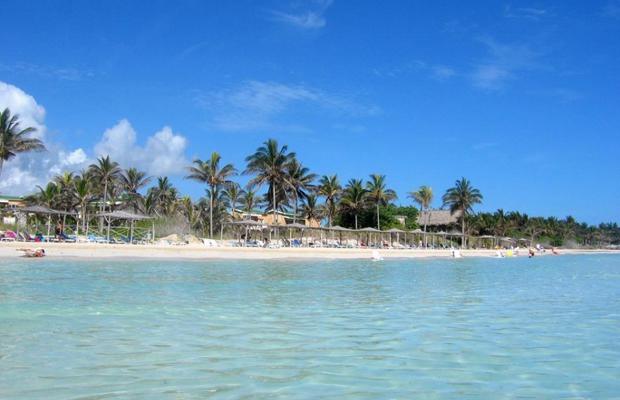
Everyone knows that in Cuba the sea is excellent. Here, as in the best preserved coral colony, and beaches covered chity soft white sand. Here a pleasant subtropical climate, beautiful warm water, cooled by winds to a temperature 24 - 29 ° C. On average, in Cuba 330 days of sunshine a year with mild oblachnostyu.

It is a paradise for beach lovers. Perhaps in the world there are few corners with the same number of beaches as beautiful as this amazing Caribbean island basseyna.

The best beaches of Cuba are eager to share information about their location, so you can best relax here. Keep in mind, hundreds of kilometers of white sandy beaches of the Cuban ohranyayutsya.
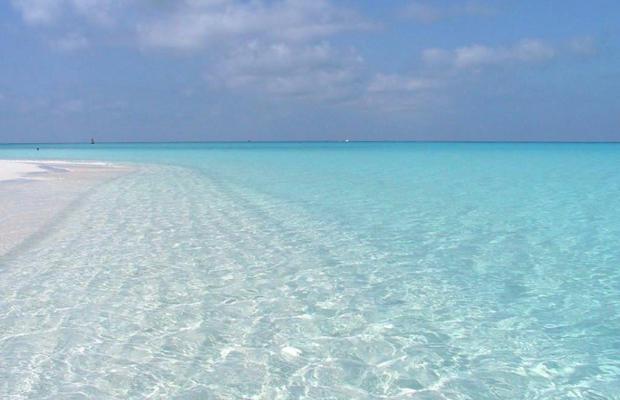
There are also more than 1,000 small islands known as Cayos belonging to Cuban territory. Some have the necessary infrastructure for the development of tourism, but most of them are not touched by man.
Source: mirfactov.com/







